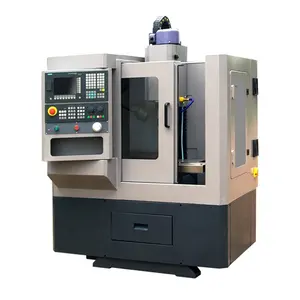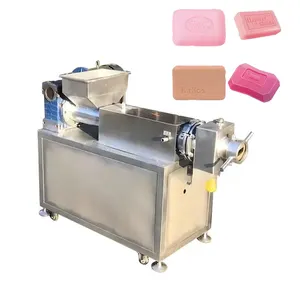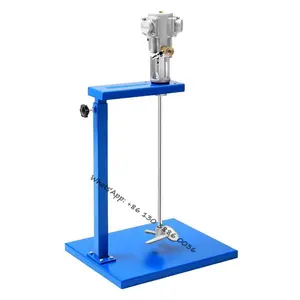Popular in your industry






































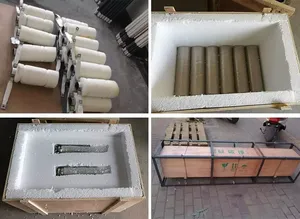










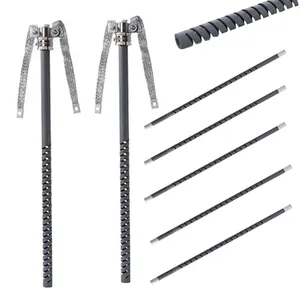















Related Searches:















































































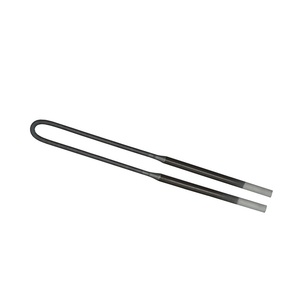
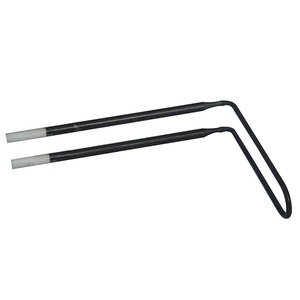






































































Top categories
About electric furnace heating element
Electric furnace heating elements are essential components in electric heaters. They are responsible for converting electricity into heat, facilitating the warmth in residential, commercial, and industrial spaces. Understanding the dynamics of these elements is crucial for efficient and effective heating solutions.
Types of Electric Furnace Heating Elements
Common types of electric furnace heating elements include nichrome, Kanthal, and open coil. Electric heater elements are constructed with nickel-chromium alloys that provide high resistance to electrical currents, generating heat when electricity passes through them. Kanthal elements are made of an iron-chromium-aluminum alloy, combining strength and corrosion resistance for durable heating. Open coil elements consist of coiled resistance wires, often made from nichrome, placed in a way that allows air to pass through. These elements are commonly found in industrial furnaces and heating systems.
Materials of Electric Furnace Heating Elements
The materials used in the construction of furnace heat elements significantly impact their performance and durability. Nichrome, an alloy of nickel and chromium, is a popular choice due to its high electrical resistance and ability to withstand high temperatures. In contrast, Kanthal, an iron-chromium-aluminum alloy, offers similar properties with added corrosion resistance. Iron-chromium alloys are also utilized for their robustness and oxidation resistance. Ceramic materials are employed in some furnace elements for their excellent thermal insulation, preventing heat loss and ensuring efficiency. Additionally, some elements incorporate stainless steel for its strength and resistance to certain environmental factors.
Applications of Electric Furnace Heating Elements
The applications of electric furnace heating elements are diverse, catering to various heating needs. In the industrial sector, these elements are integral to processes such as metal smelting, glass manufacturing, and heat treatment. Their ability to generate and maintain high temperatures is crucial for these applications. In the realm of HVAC (Heating, Ventilation, and Air Conditioning), electric furnace heating elements are prevalent in both residential and commercial settings. They are part of electric furnaces that provide central heating, ensuring comfort during cold weather. Electric heating elements are also found in ovens and stoves, where they are responsible for cooking by generating heat in the cooking chamber or directly on cookware. In the field of electronics, these elements are utilized in devices like space heaters and water heaters, offering localized or distributed heat for specific purposes. Furthermore, electric heating elements play a critical role in laboratories, contributing to processes such as distillation and sample drying by providing precise and controlled heating.
Features of Electric Furnace Heating Elements
Electric furnace heating elements are characterized by their efficiency, durability, and versatility. They efficiently convert electrical energy into heat, allowing for quick and consistent temperature regulation. Their durability is evident in their ability to withstand high temperatures and frequent use without significant degradation. These elements are often designed for specific applications, showcasing their adaptability in various industries and environments. Additionally, many modern electric furnace heater coils incorporate advanced materials and designs to enhance their heat transfer capabilities and energy efficiency. This constant innovation contributes to the continued relevance and effectiveness of electric furnace heating elements in meeting diverse heating requirements.
